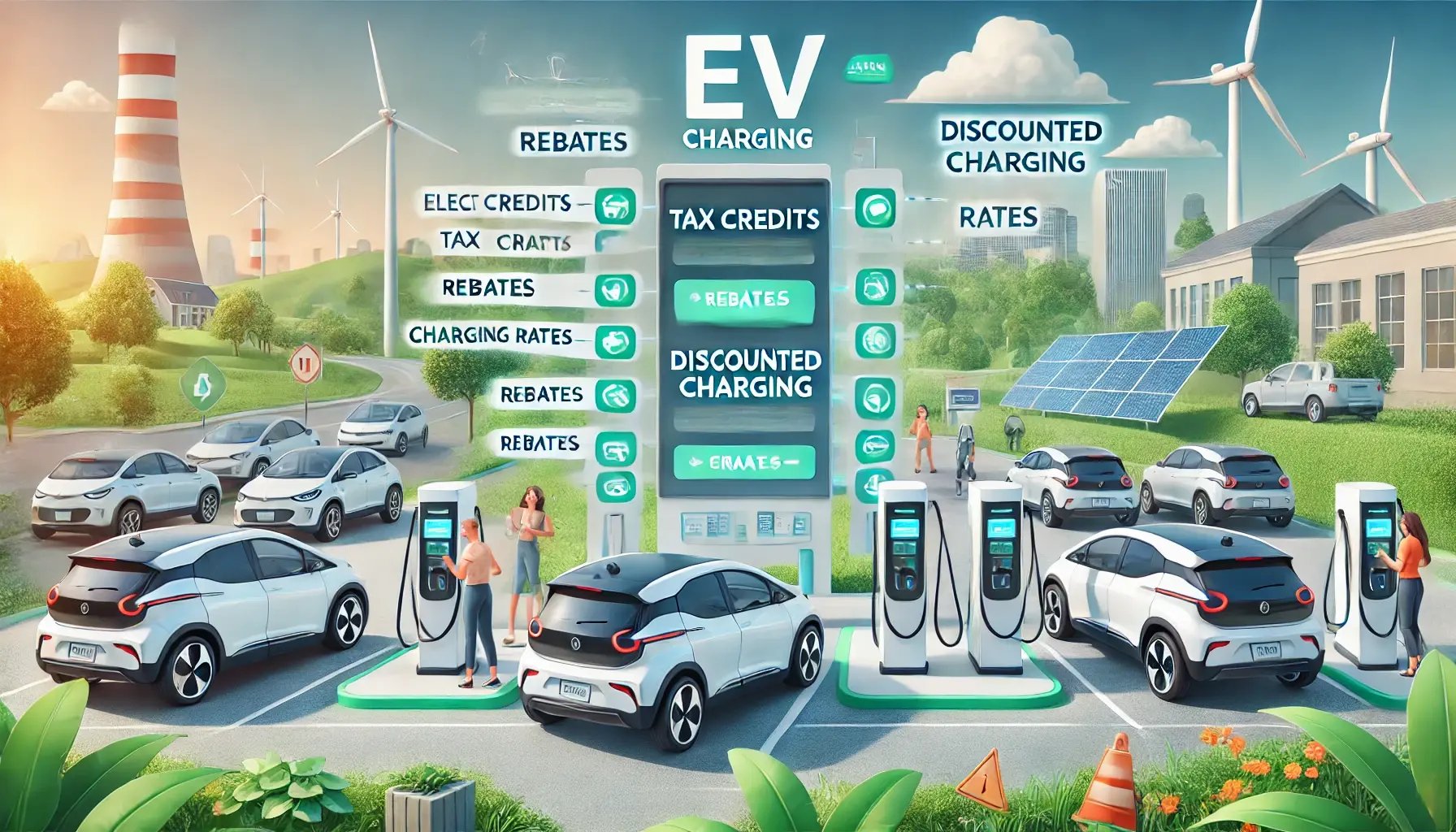As the world moves toward a greener future, fleet electrification is no longer just an option—it’s a necessity. Transitioning to electric vehicles (EVs) offers significant operational savings (9% cheaper per mile), environmental benefits, and access to government incentives. However, fleet operators face unique challenges in planning, infrastructure, and management. This article highlights the critical factors to consider in fleet electrification, with examples from British Columbia’s Lower Mainland and how Electrum’s comprehensive solutions address every need.
1. Planning for Fleet Electrification
Electrifying a fleet starts with a clear roadmap. Operators need to:
-
Assess Energy Requirements: Understanding power needs ensures your charging infrastructure supports fleet operations without overloading local grids. Learn more about software based energy management strategies.
-
Site Assessment: Evaluating depot layouts and electrical capacity is vital for optimizing charger placement and reducing installation costs. Contact Electrum for a free site assessment.
Electrum provides end-to-end planning and design services, from detailed site assessments to customized infrastructure layouts. For example, at Richmond Memorial Hospital, Electrum deployed 34 Level 2 public chargers and two DC fast chargers, tailored to meet heavy usage demands.

2. Leveraging Incentives
British Columbia offers substantial financial support for fleet electrification through programs like the BC Hydro EV Ready fleet plan rebate, which provides up to $15,000 for planning. As well as the the Clean BC Go Electric Fleet Charging Program, which covers up to 75% of total costs up to a maximum of $4,000 per Level 2 charging station. Rebates will be capped at $50,000 per applicant per year. For DCFC installations the maximum rebate per project is 75% of total project costs or $300,000. These rebates significantly reduce upfront investments, enabling operators to adopt EV solutions at a fraction of the cost.
Electrum’s team helps fleet operators navigate the application process, ensuring you maximize available rebates. Our deep expertise in accessing funding sources ensures you stay on budget while benefiting from cutting-edge charging solutions.
%20charger%20and%20energy%20management.%20Show%20different%20types%20of%20EV%20chargers%2c%20including%20Level%202%20and%20DC%20fast%20c.webp?width=1792&height=1024&name=DALL%C2%B7E%202024-11-21%2013.08.32%20-%20An%20illustration%20representing%20electric%20vehicle%20(EV)%20charger%20and%20energy%20management.%20Show%20different%20types%20of%20EV%20chargers%2c%20including%20Level%202%20and%20DC%20fast%20c.webp)
3. Charging Infrastructure and Energy Management
A robust charging infrastructure is the backbone of fleet electrification. Fleet operators must consider:
-
Charger Type and Capacity: From Level 2 chargers for overnight charging to DC fast chargers for quick turnarounds.
-
Load Balancing: Dynamic load management ensures energy efficiency while avoiding costly upgrades to electrical systems.
-
Scalability: The system should grow with your fleet's needs.
Electrum’s recommended chargers, such as the AW32, AX48, and DCFC models, deliver fast, reliable charging tailored to fleet operations. Our Electrum Cloud Platform enables real-time energy management, load balancing, and tracking of energy consumption for cost control.

4. Revenue Opportunities with Carbon Credits
Fleet electrification isn’t just about cutting costs—it can generate revenue. Electrum aggregates carbon credits generated from EV usage and sells them on the carbon credit marketplace. These credits are then shared with clients, providing an additional revenue stream. As the value of carbon credits is expected to rise, this feature adds significant long-term financial benefits.
For example, Electrum’s project at a Vancouver multi-unit residential building included comprehensive carbon credit management, turning EV infrastructure into a revenue-generating asset for the property owner.

5. Seamless Operations
Managing EV fleets requires reliable and user-friendly systems:
-
Authentication Options: RFID, QR codes, and app-based solutions provide flexible, controlled, access for drivers.
-
Remote Monitoring: Diagnosing and resolving issues proactively minimizes downtime.
- Charger Analytics and Management: Discover energy usage patterns and manage power availability at each charger or in groups of chargers. Adjust power availability by time of day or day of week.
Electrum’s Cloud Platform integrates all these features, allowing fleet managers to control and monitor charging activities from a single dashboard.
6. Environmental Impact and Sustainability
Fleet electrification supports broader environmental goals:
-
Reduced Emissions: EVs significantly lower greenhouse gas emissions, contributing to a cleaner environment.
-
Compliance with Net-Zero Goals: Canada’s commitment to achieving net-zero emissions by 2050 includes incentives for organizations adopting sustainable practices.
In BC, EV-ready depots have already transformed logistics operations, with many companies benefiting from reduced emissions and enhanced public perception.
Why Electrum is Your Ideal Partner
Electrum stands out as a leader in electrification in the Lower Mainland of British Columbia. Offering turnkey end-to-end EV charging solutions, from planning and design to installation and ongoing support, our team ensures a seamless transition to electric mobility. With thousands of installations across hospitals, businesses, and residential properties, Electrum has proven expertise in deploying reliable and efficient EV infrastructure.
Conclusion
Fleet electrification offers unmatched benefits, from cost savings to revenue generation and environmental compliance. By leveraging government incentives like the CleanBC Go Fleet Program and working with an experienced partner like Electrum, fleet operators can navigate this transition smoothly.
Ready to electrify your fleet? Contact Electrum today to learn how our solutions can meet your unique needs while unlocking new revenue streams and reducing your carbon footprint.
Let us power your journey to a sustainable future.
Tags:
Carbon Credits, EV Charging, Incentives, Sustainability, Rebates, OCPP, Charger Management, Revenue Streams, FleetNov 21, 2024 4:21:26 PM

.%20On%20one%20si.webp?width=1792&height=1024&name=DALL%C2%B7E%202024-11-21%2013.16.29%20-%20A%20before-and-after%20illustration%20showing%20the%20environmental%20impact%20of%20emissions%20from%20traditional%20diesel%20trucks%20versus%20electric%20vehicles%20(EVs).%20On%20one%20si.webp)



Comments